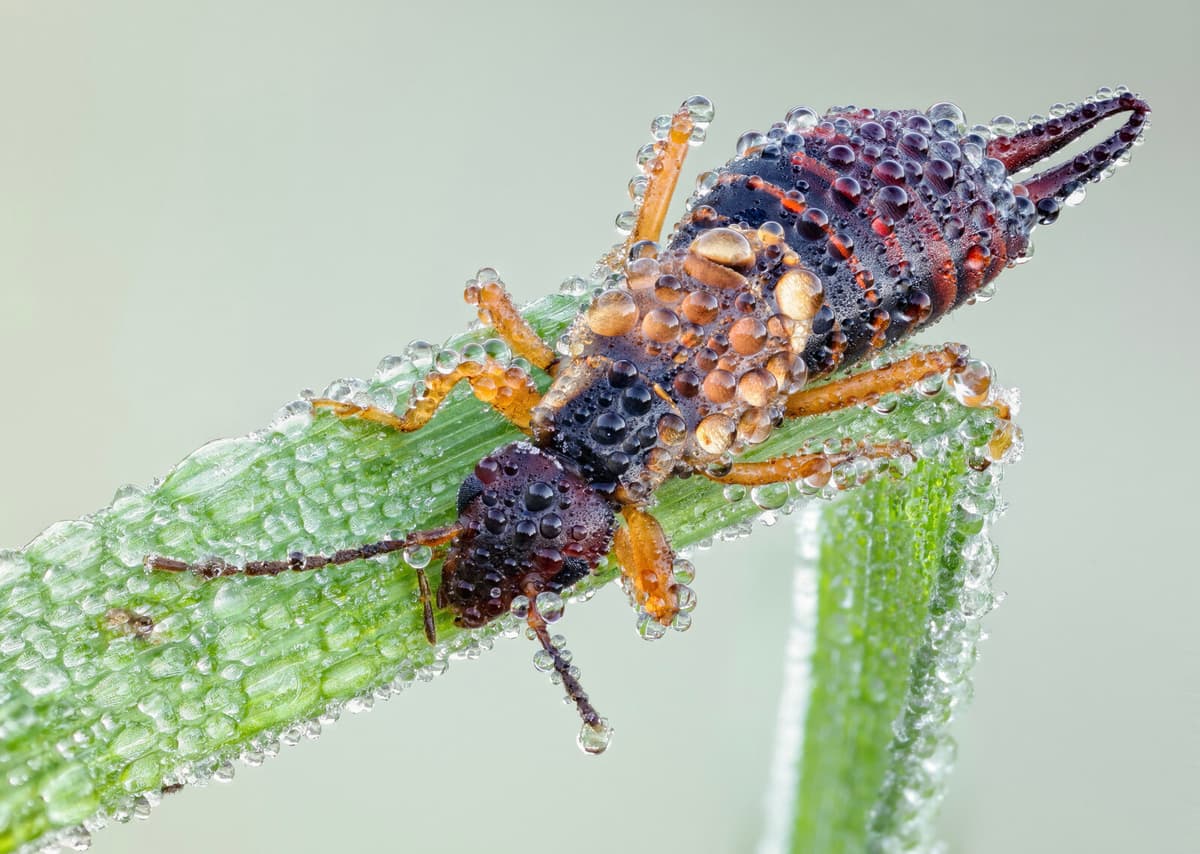The ladybird is useful in the garden, so much that the Swedish Board of Agriculture recommends that farmers promote them, explains Erik Hansson, project leader for the public education project Richer Garden, which appoints the year's bug.
It is really not a major threat to our crops. It has been shown that they eat a lot of aphids, so they are rather a great help in the garden.
Another redeeming feature is that the ladybird is surprisingly family-friendly. The female stays with the eggs and keeps them clean by licking them. When the young are then hatched, they do not fight over food but share with their siblings.
Those who have now got a new view of the ladybird and want it to thrive in the garden can ensure that there are places where it can retreat. You can leave a pot standing out, or have some stones lying on the ground.
They like to have some dark crevices to crawl under. In a garden where there is only hard-clipped lawn, neither the ladybird nor any other animals have anything to gain.
Maybe it is the ladybird's fondness for dark crevices that has contributed to the undeserved bad reputation, ponders Erik Hansson.
There is a strange rumor that they would like to crawl into people's ears and pinch our eardrums. But it only shows that we humans have wild imagination and like to spread scary tales.
Boel Holm/TT
Facts: Ladybird
TTTT
In Sweden, there are seven different species of ladybirds. The most common one is called the common ladybird and becomes 10-16 millimeters long.
If you see a white ladybird, it is not a separate species but a newly hatched nymph that has not yet got its brown color, but it gets it already after a few hours.
Source: Richer Garden
The award for the year's garden bug is awarded for the fifth year. Previous winners are:
2021: Grass-green gold beetle
2022: Curious flower fly
2023: Nettle butterfly
2024: Gold wasp





